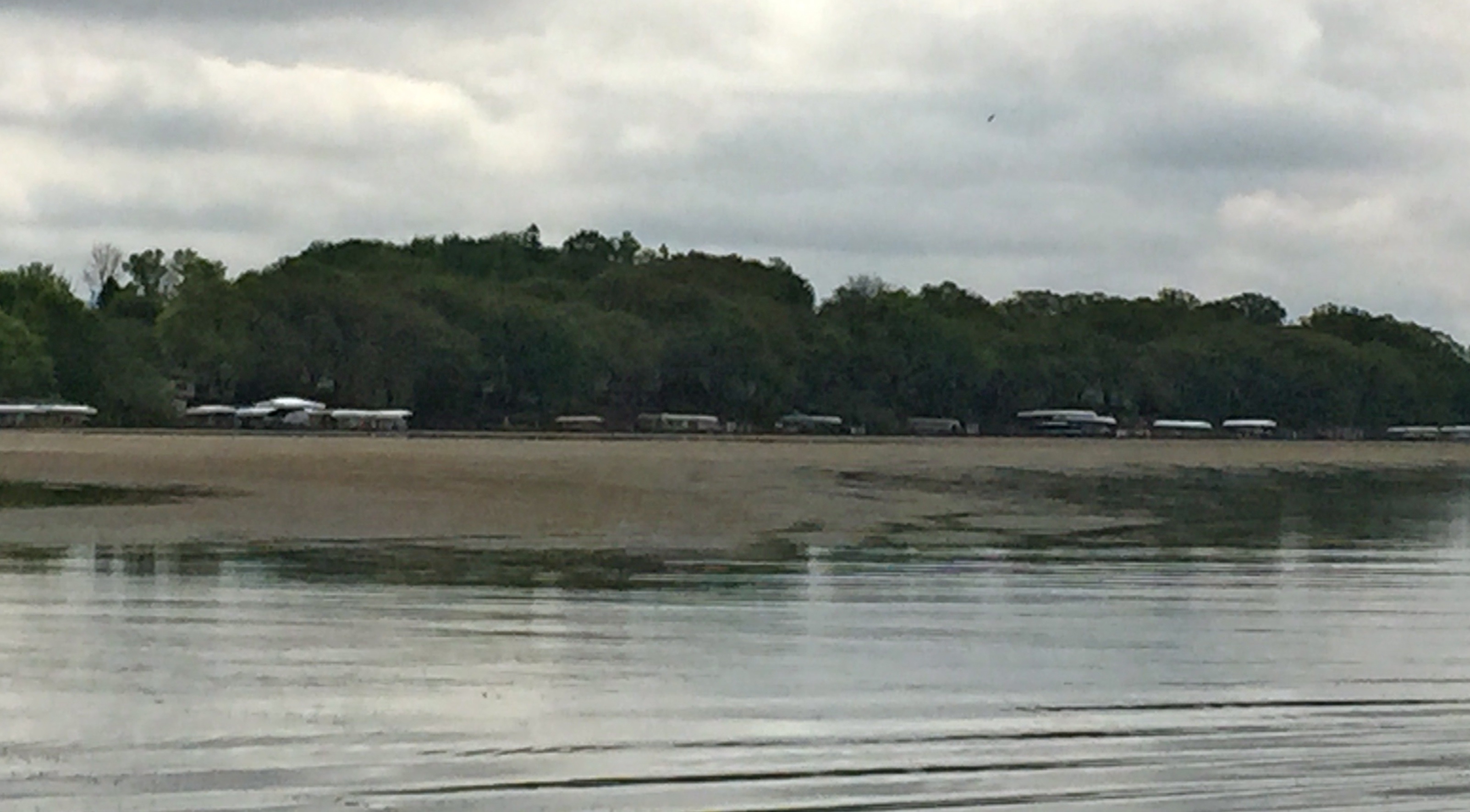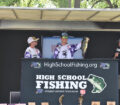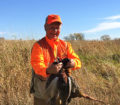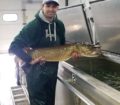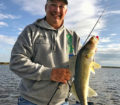By Steve Weisman
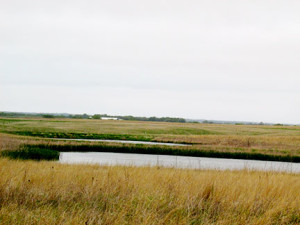 Want to get a controversy started? Well, let’s talk about cutting trees on Iowa’s public lands! You are going to get a whirlwind discussion for and against. Why is it such an emotional topic? We see people planting trees in their yards and shelterbelts around farmsteads. While at the same time, we see landowners razing old farmsteads and leveling the trees that have stood there for generations.
Want to get a controversy started? Well, let’s talk about cutting trees on Iowa’s public lands! You are going to get a whirlwind discussion for and against. Why is it such an emotional topic? We see people planting trees in their yards and shelterbelts around farmsteads. While at the same time, we see landowners razing old farmsteads and leveling the trees that have stood there for generations.
I have a family farm in northwest Iowa, and 18 years ago we put in two 7-row tree belts as part of the Conservation Reserve Program and to help wildlife. We look at that, and say, “That’s good.” At the same time, we have a five-acre slough/pond, and over the years we have constantly fought invasive and volunteer cottonwood and willow trees. This part of the land is meant to be a slough surrounded by native prairie, not to be rimmed by invasive and undesirable trees. Kind of makes sense to us.
So, what’s the deal on state ground? Have we ever really taken the time to see when and where and why trees are uprooted on state ground? At the same time, what about areas that are in the process of being reforested? Has a real explanation of this been brought to Iowa’s citizens to better help us understand why a stand of trees is good here and why a stand of trees is bad here? That’s the purpose of this column, to try and clear up the many misconceptions and to just see what the rationale is! I’ve reached out to a gentleman I have known and trusted for his expertise over 30 years, Doug Harr, former head of the Iowa DNR’s Wildlife Diversity Program and current President of the Iowa Audubon Society.
Harr’s initial statement is this, and it certainly makes sense. “Trees do belong in some places, and they certainly don’t belong in others.” The first question we must ask ourselves is this: “What is this parcel of land supposed to be and are we trying to return it to what it was before humans broke it up and turned it into agriculture land? We must determine that before we can pass judgment.
Plus, we must remember this. Even those of us who are in our 60s were not around before 1940! So, when we see these state areas and the stand of invasive trees that has been around for 20-30-40 years or so, we think that is the way it has always been. Not necessarily so!
What Iowa once was
Let’s go back to the middle 1800s. At that time, Iowa had 28 million acres of native tallgrass prairie, most of which occurred in the northwest 2/3 of Iowa. With Iowa’s rich soil, it’s not hard to understand why Iowans broke up and tilled the soil. After all, Iowa is host to some of the richest and most expensive farm ground in the world. Take a look around, though, and you will see remnants of ridges of bur oaks, which at one time were surrounded by these tallgrass prairies and shorelines on some of our northwest Iowa lakes rimmed with bur oak stands.
Look to eastern Iowa and parts of southern Iowa, and you can see lands that were once dominated by forests. Again, humans changed that landscape. So, as we look at our state lands today, we see remnants of what once was. I’m not here to argue progress or that what has happened is wrong. It is simply what it is. However, in visiting with Harr, I learned more about why there should be no trees over in this area and why there should be trees in that area! Plus, they should be the right trees for the surroundings.
It’s about the environment
That really is the bottom line. Over the past 30-40 years biologists have learned more and more about trying to connect these public areas with what they once were. Hence in areas where the tallgrass prairie existed, the goal is to recreate that environment as closely as possible, while at the same time, an area that was originally part of a forest, the goal is to return it to its former state.
So, a tallgrass prairie (historically) would not have trees. Harr notes, “What the general public has to understand is the problem of fragmentation. When humans fragment a prairie (by farming it or allowing trees to grow) it displaces and depletes populations of native open country birds, such as Henslow’s Sparrows, Bobolinks, Western Meadowlarks, etc.
Similarly, if forests are fragmented by farming or development, populations of Scarlet Tanagers, Cerulean Warblers, Wood Thrushes, etc. can disappear. Many species are “area sensitive”, and when their preferred habitat drops below a certain size, the birds cannot survive. Habitat fragmentation is a major cause of that problem.”
Makes sense, doesn’t it? As we talk invasive trees on these tracts of restored tallgrass prairie, we are talking cottonwoods, box elders, willows, ash, etc. The problem compounds itself as these adult trees drop their seeds and continue to expand across the landscape. We’re not talking the bur and white oaks. Plus, on these larger public grasslands, you will still find native wild plum stands and other native shrubs that were part of that prairie tallgrass system. At the same time, prairie pothole wetlands historically never had trees in or around them.
On the other hand, there are the areas where forests once dominated the landscape. “In places like Yellow River State Forest and some eastern public wildlife lands, areas that were converted from forest to farmland by early settlers are now being taken out of crop production and are either planted to trees or are allowed natural succession back to woodlands. The DNR is implementing that on several once-forested sites,” notes Harr.
The bottom line
First, we need to understand the goals of these state lands. Harr makes this challenge: “It is our responsibility to restore grasslands invaded by trees back to as pure a grassland/prairie as possible, and also to plant trees in areas of historic woodlands that have been cleared. Then the native wildlife and bird populations of each different habitat type are much more likely to thrive. It’s a message we simply have to get out to all Iowans.”

